There are small cameras, and then there are small cameras. And if you’re used to cameras like the Minolta TC-1 or Olympus XA series, the Rollei 35 T is not a tiny camera. About the size of a package of cigarettes, the Rollei 35 is a camera I once avoided for a couple of reasons. It’s small, and it’s a scale focus viewfinder camera. However, after seeing some fantastic results from my good friend Bill Smith who recently got a Rollei 35 S, I decided to bite the bullet. And I have to say I’m not disappointed, even though the camera is a Singapore made unit, there is no real difference between the late model and early model cameras. I certainly hope that this camera will be a good companion for future trips!
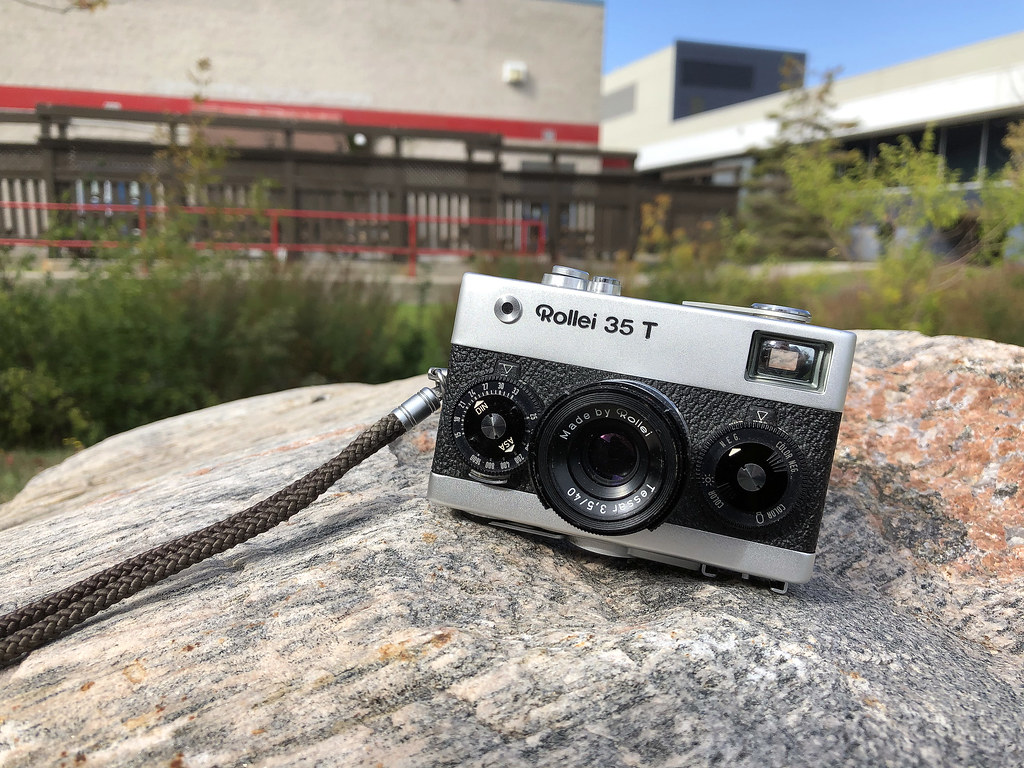
Camera Specifications
Make: Rollei
Model: 35 T
Type: Viewfinder
Format: 135 (35mm), 36x24mm
Lens: Fixed, Rollei Tessar 40/3,5
Year of Manufacture: 1974-1980

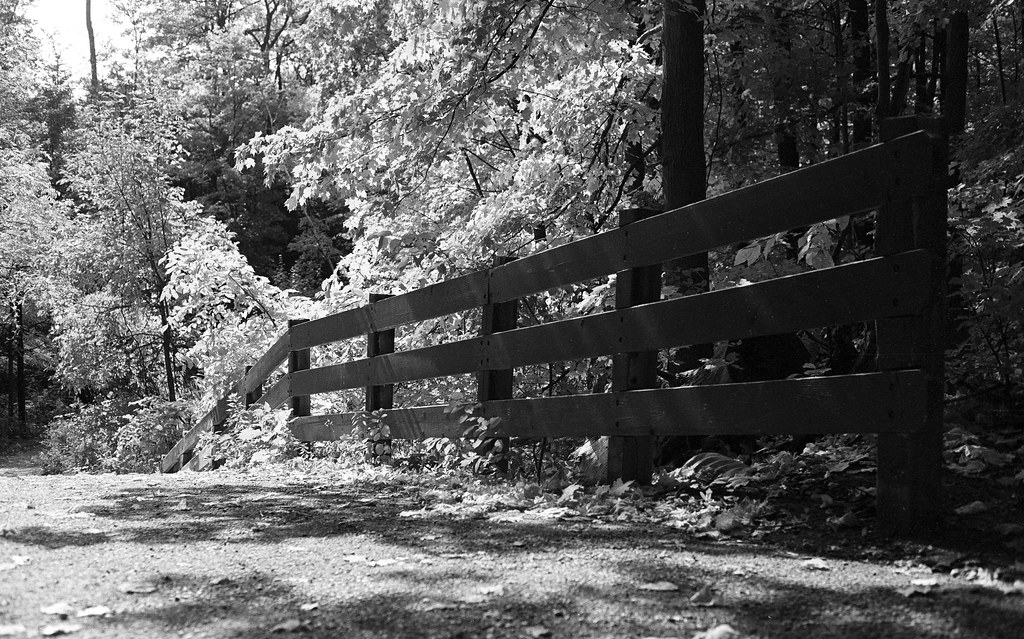
Background
When you hear the name Rollei most vintage camera buffs think immediately to their legendary Twin Lens Reflex cameras. However, the company also produced a series of 35mm cameras. It was in 1966 at that year’s Photokina event. The interesting this is that the designer, Heinz Waaske worked on the camera design in his spare time, often at home with the first drawings being produced in 1962. At the time Waaske worked for Wirgin, and the early prototypes came from the Wirgin factory. When Wirgin refused to continue production, he quit and moved over to Rollei, who were more than happy to take on the design. To prove they could make a compact 35mm just as good as their medium format offerings Rollei spared no expense and went with suppliers they knew. Equipped with a Zeiss Tessar lens, Compur shutter and a CdS meter from Gossen and size no bigger than a standard cigarette pack, Rollei had a winner on their hand. Rollei also produced two entry-level variants of the 35. The 35 B would use a selenium light meter while the 35 C would have no meter at all. Both cameras used a Zeiss Triotar 40mm f/3.5 lens. Production remained in Rollei’s German factory until 1971 when the production transferred to Singapore; this included the 35, and 35 B. The meterless 35 C would be dropped in 1971. Production of the camera restarted in 1974, with two cameras being produced, the first being the Rollei 35 T, this was a continuation of the original 35 model. That said there were some differences between the original and the T variant. The source of the optics was no longer directly from Zeiss. Instead, Rollei produced a licensed copy of the 40mm f/3.5 Tessar, the lens now marked with “Made By Rollei”. Nissie would produce the lightmeter and the shutter by Copal. The second variant was the Rollei 35 S, basically the same as the T but used a Sonar 40/2,8 lens instead, and while the S had been planned as early as 1967, the movement of production to Singapore meant production didn’t start until 1974. In 1978 Rollei produced the Rollei 35 LED, a proof of concept camera that moved the exposure controls to the lens and had LEDs in the viewfinder to indicate your exposure being over, under, or on the mark. They would take this and produce the Rollei 35 SE and TE which were updated versions of the original 35 S and 35 T models, the SE and TE saw production from 1979-1981. Production of both the S and T models ended in 1980. The 35 B ended in 1978. In 1990 production resumed on a few special edition variants of the original Rollei 35, called the Rollei 35 Classic production lasted until 2014 the Classic would be a closer successor to the S model as it used the 40mm f/2.8 Sonar lens design. A Gold 75th Anniversary variant of the 35 Classic would also be produced.


Impressions
When I say this camera is small, I mean it, you can easily fit the camera in most pockets. While there are smaller 35mm ‘full-frame’ cameras on the market today such as the Olympus XA and Minox series, the Rollei 35 T is the original. About the size of a cigarette pack (of the 1960s), Rollei put a lot of thought into the camera, and while the layout doesn’t always make sense if you’re used to traditional 35mm cameras, I got the hang of it quickly. The shutter button is big and easy to find on the top of the camera and is surrounded by a lip so that you don’t mix it up with the lens lock release. The exposure controls are on the front of the camera on either side of the lens, with the shutter speed being a click dial, while the aperture control requires a lock release. The one oddity is that the film advance is on the left side and has a fairly long stroke and it has a lot of torque behind the throw. Everything else is on the bottom of the camera, from the hot shoe, film counter, rewind, and the back release. The camera does have a meter. However, in my example, it no longer works, even if I got my hands on an appropriate battery. The meter is driven by a CdS cell near the viewfinder and uses a match needle system on the top plate of the body. The viewfinder, while big and bright offers zero feedback of shutter speed, aperture, or metering; however, the framing lines make it easy to compose your image without worrying too much about parallax error.
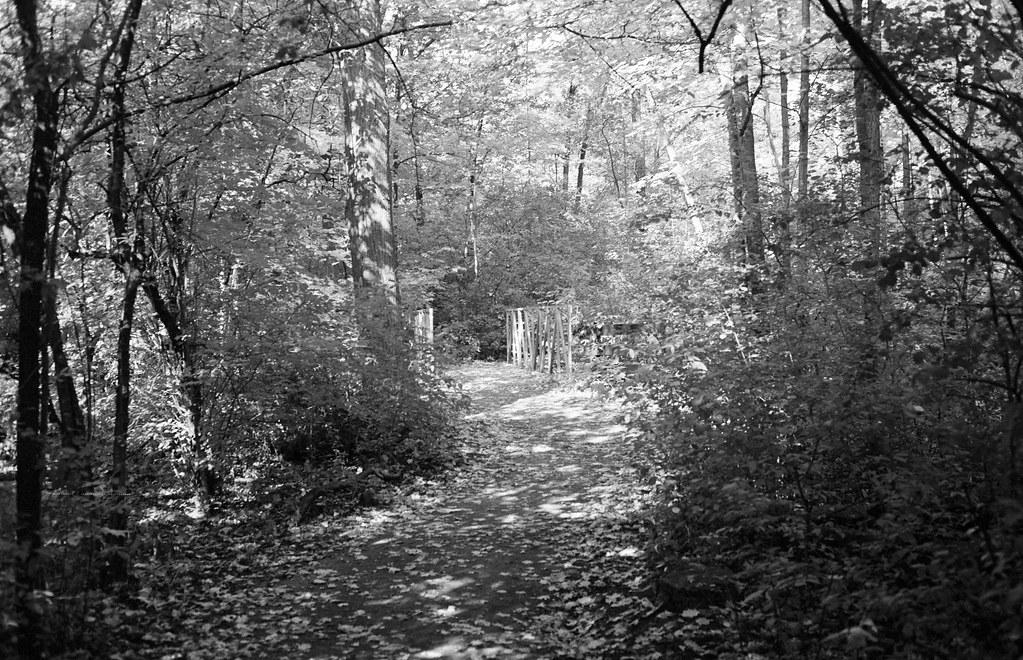
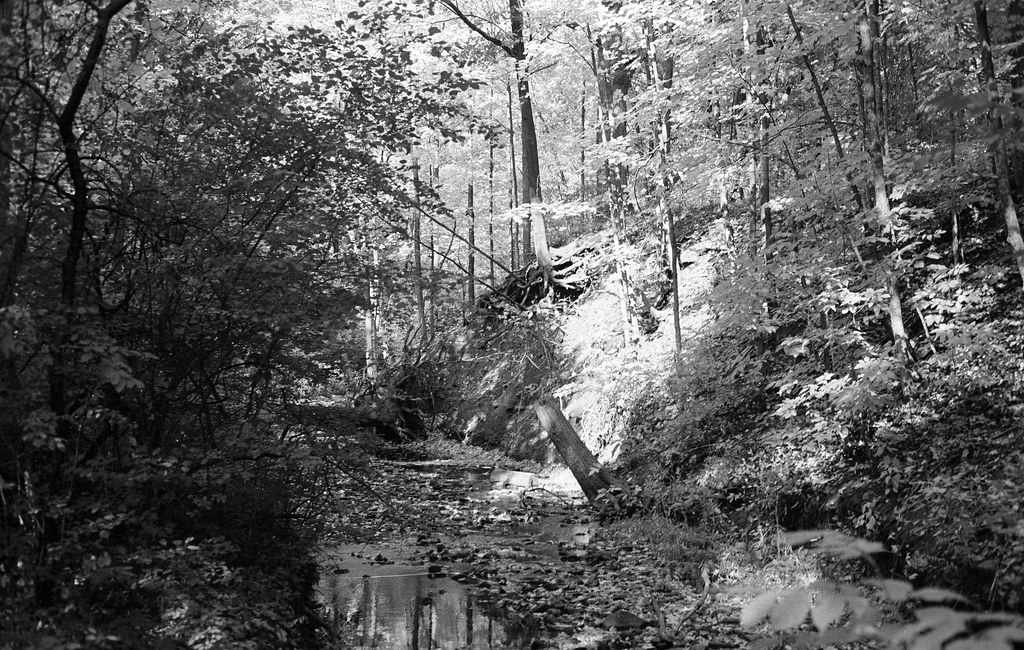
Experiences
And while easy to operate and well laid out, the Rollei 35 T is not without its frustrations and these cropped up in the actual shooting experience. Loading the film presents a unique challenge in that you load it on the opposite side of most cameras. To even load the film, you’re removing the back of the camera, no door on this camera. Then flip down the pressure plate, pull the leader out, so both sprockets are on the geared advance, threading the leader straight through the take-up spool. Closing the pressure plate and holding the canister in place advance to ensure everything is caught right, then put on the back. Then advance a couple more times. There is little in the way of feedback to ensure you did it right. The images I included here are my third attempt at getting the camera to function, and I think it was dumb luck that saw me get it right. Once you’re good, the camera is rather enjoyable to work with, small, light and a pleasant little snick sound by the shutter. The only thing to remember is that you need to have the shutter cocked before you collapse the lens, and the nice thing is that once the lens is collapsed the shutter is locked and won’t go off accidentally. Then to rewind you flip a leaver up, that’s next to the viewfinder and flip out the rewind lever. You’re almost scared with how hard it will resist when rewinding (unless I’m doing something wrong) and in one case I tore the film (which didn’t matter as the film advance messed up on that roll to as well). A frustrating experience for sure, even with the roll that worked.

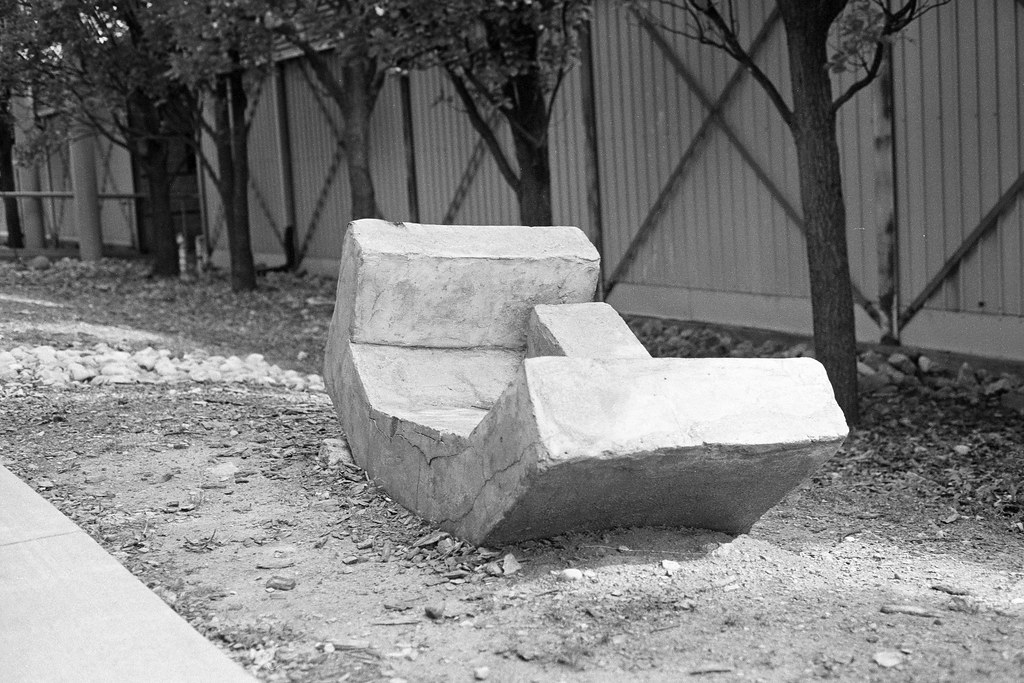
Optics
Now the optics are where the camera shines. I’m glad I went with RPX 25 and Pyrocat-HD for the third and only working roll so far. While the Tessar design is an old design being sixty years old at the time the first camera saw release, don’t let the lens turn you away. Carl Zeiss and later Rollei made lenses make for sharp, contrasty images. And the 40mm focal length is wonderful for a camera this size is perfect. And having an aperture range of f/3.5 to f/22, you have a decent speed on the wide-open lens to good depth of field with it stopped down. Not to mention a lovely out of focus element. Now the camera is scale focus, but the lens makes it easy to zone focus. With the lens measured in feet and meters (feet on top) it also provides a nice guide for the major apertures so I could easily guess the focus range, no external rangefinder required.
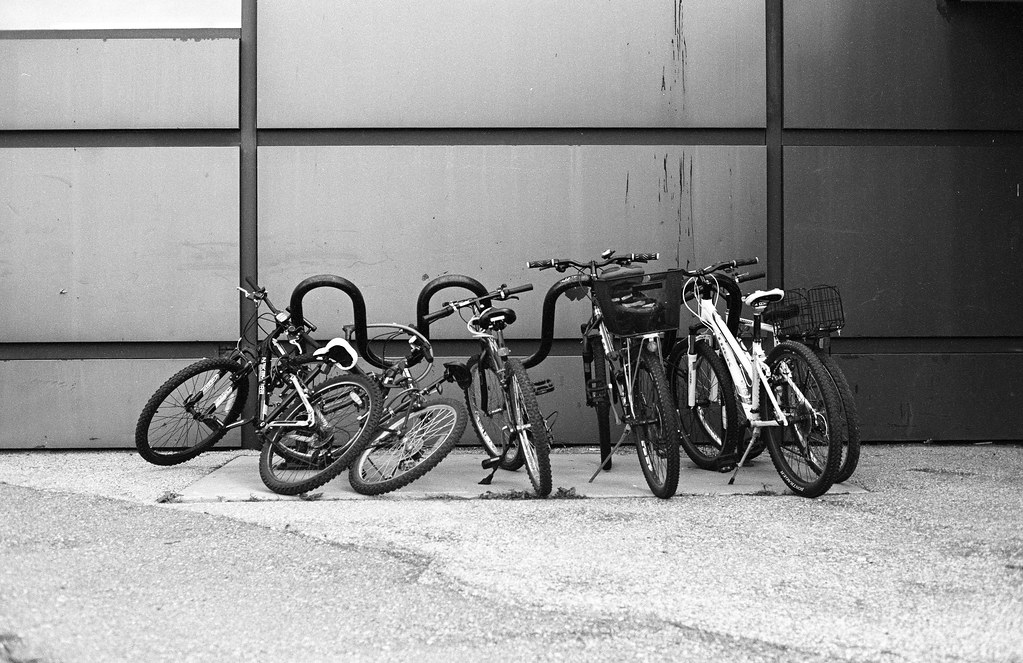

Lowdown
Now let me break it down, the Rollei 35 range of cameras are not bad. They are not bad cameras; they are, however, frustrating cameras. They produce amazing images, rather fun to use once you get them going. But getting them going proves to be the low point for the camera. Honestly, you’d think that the company that brought use automatic loading and film advance on TLRs could come up with something easier to work in the 35mm format. Now, don’t let that stop you from getting one, they do have a bit of a cult following among those who use the cameras. And sure you’ll have the folks who love to state that the original German-made ones are better than later Singapore made models. Or that the Sonar (Rollei 35 S) have superior optics. Don’t let any naysayer stop you. The cameras do run fairly expensive on the used market, and the price range is fairly wide from 130$ on the low end to upwards of 600$ on the high end. And don’t worry about a non-functioning meter, the camera is designed to take a mercury cell, but will function with an alkaline or silver-oxide battery. Thankfully being a mechanical camera, the battery only runs the meter. Since I was shooting such a slow film, I opted to bring out my Gossen Lunasix F, but I initially used the Sunny-16 method for the first two rolls. My final word, if you want something unique that might offer a bit of a challenge, then the Rollei 35 is for you if you want something a little more cut and dry, avoid them.

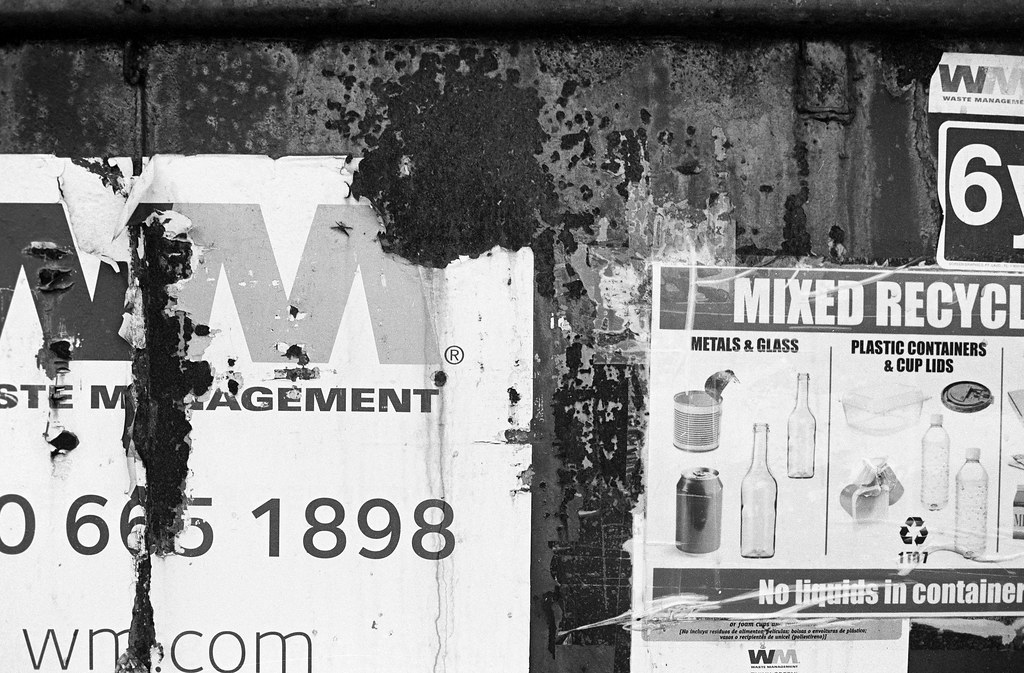
Further Reading
Don’t just take my word on the Rollei 35 T; you can check out the reviews by other awesome camera reviewers!
35mmc – 5 Frames with the Rollei 35 SE
35mmc – A Brace of Rollei 35s
35mmc – The Rollei 35 SE And Wider Thoughts about shooting Zone Focus Cameras
Down the Road – Updated Review Rollei 35 B
Kosmo Foto – Rollei 35 S Review
Casual Photophile – Rollei 35 SE Review
Casual Photophile – Rollei B 35 Review
Camera Go Camera – Rollei B 35 review
Japan Camera Hunter – Rollei 35 Review
The Gas Haus – Rollei 35 T
The Gas Haus – Rollei 35
Mike Eckman Dot Com – Rollei 35 T Review